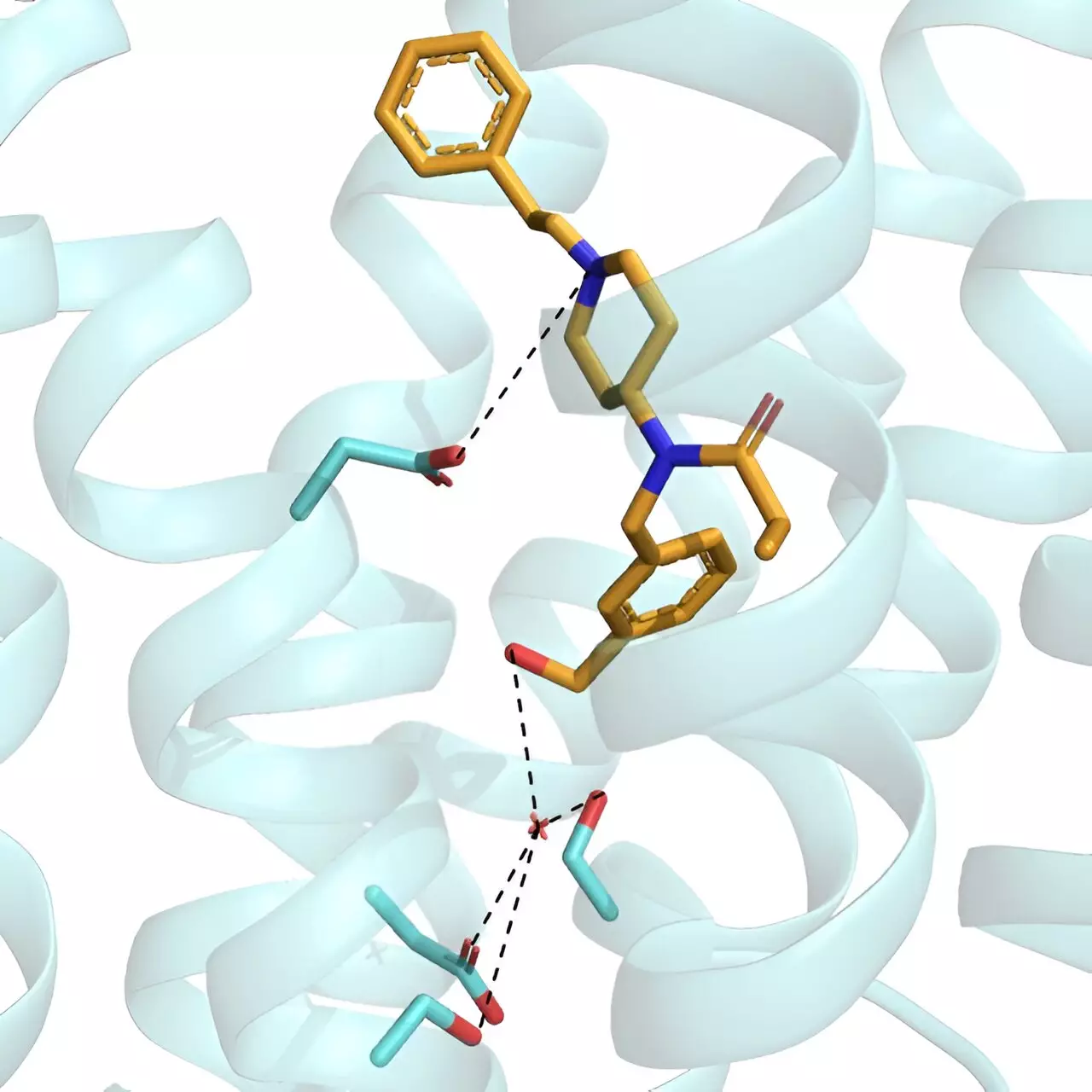Opioids have long served as the cornerstone for pain management, providing much-needed relief to those suffering from acute and chronic discomfort. However, their efficacy comes at a grave cost that cannot be ignored. The harsh reality surrounding opioid medications includes a staggering risk of addiction, debilitating withdrawal symptoms, and, in the most tragic cases, fatal overdoses. Despite their therapeutic potential, these substances can lead individuals down a dangerous path, sacrificing their health and quality of life for the sake of temporary reprieve. The medical community is now at a crossroads, desperately seeking safer alternatives that harness the positive attributes of opioids without exposing patients to the inherent risks.
Innovative Research Targets Opioid Receptors
Recent advancements in medical research, particularly a noteworthy study published in ACS Central Science, hold promise for the development of safer opioids. The researchers have focused on an experimental compound that engages opioid receptors in a groundbreaking manner — by binding to an unconventional area, or ‘allosteric site,’ instead of the usual active site where traditional opioids latch on. This strategy aims to suppress pain while minimizing the side effects commonly associated with opioids, especially the respiratory depression that can lead to fatal overdoses.
Current opioid medications rely on activating opioid receptors in the brain, a process that triggers the body’s natural pain-relieving mechanisms. While this activation alleviates pain, it also unveils a Pandora’s box of adverse effects. Physical dependence arises quickly, leading individuals into a vicious cycle of increased dosages and eventual withdrawal. Symptoms such as muscle pain, nausea, and vomit become common in those who attempt to stop taking opioids, creating a dire need for innovation in this arena. Thus, it is critical that we explore alternatives that do not compromise safety in the name of efficacy.
A Promising Candidate: RO76
Among the avenues explored by a dedicated research team led by Susruta Majumdar and others is a new compound, RO76, derived from fentanyl. What distinguishes this compound is its unique chemical structure, which allows it to penetrate the blood-brain barrier — a critical obstacle that many promising medications fail to overcome. Through rigorous testing and experimentation, researchers synthesized a series of ten analogs with the goal of identifying one that could not only pass through this barrier but also deliver effective pain relief without the typical side effects associated with traditional opioids.
RO76 emerged as the most promising candidate, with preclinical studies demonstrating its potential. When tested in combination with an opioid-blocking medication, mice that had been administered RO76 experienced significantly milder withdrawal symptoms compared to those treated with morphine. This alone presents a powerful argument for further exploration of RO76 as a legitimate alternative to traditional opioids.
An Unconventional Mechanism with Less Risk
The research findings indicate that RO76 not only offers effective analgesia comparable to morphine but also poses less risk concerning respiratory depressant effects. This is a crucial breakthrough, as the high rates of overdose deaths in opioid users are frequently a direct result of compromised breathing. Such factors make RO76 an attractive candidate for further development into a safe and effective oral medication for human use, promising to transform the landscape of pain management.
In addition, the drug’s ability to maintain similar pain-suppressing effects when administered orally could make it more accessible and feasible for patient use. This aspect addresses a significant barrier in opioid medications, which often rely on more invasive methods of delivery, such as injection. The implications of making pain relief available orally could revolutionize patient adherence to pain management protocols, ultimately improving outcomes in thousands of patients suffering from chronic pain conditions.
Moving Toward a Safer Future
The advancement represented by RO76 encapsulates hope within the ongoing opioid crisis. With the urgent need for safer pain management options, this research embodies progress. It is a clarion call for continued investment in innovative solutions, as embracing new methodologies and chemical profiles in drug development might just hold the key to balancing effective pain relief with the imperative of minimizing risks. The focus on safer opioids is more than a desirable objective; it is rapidly becoming a necessity in our health systems and points to a future where pain can be managed without the threat of addiction or death lurking in the shadows.


Leave a Reply